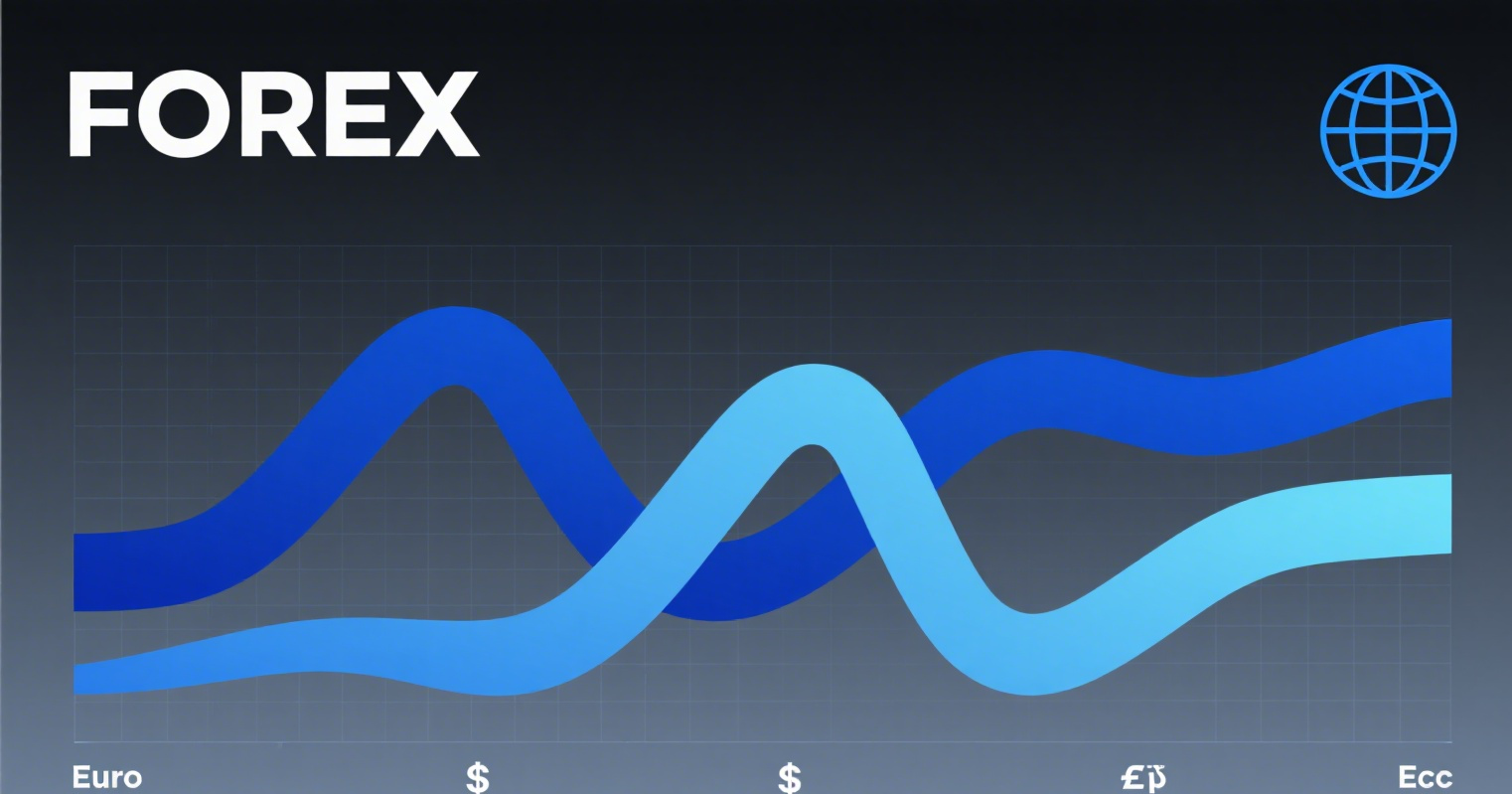
Is the Profit of 30 Million Chinese Cars Really Lower Than Toyota’s?
Recently, the claim that "the combined profit of 30 million Chinese cars is lower than Toyota’s" has attracted attention. It originated from a forum where an expert pointed out that the total profit from China’s 30 million car sales is less than Toyota’s net profit from selling just over 9 million cars, indicating that manufacturing scale has not translated into profitability.
From a purely data-driven perspective, this comparison may lack rigor. According to China’s National Bureau of Statistics, the country sold 31.436 million vehicles last year, generating a profit of 462.26 billion yuan. In contrast, Toyota sold 10.27 million vehicles globally in FY2024, with a net profit of 4.765 trillion yen (~237.621 billion yuan). This means the profit from 30 million Chinese cars still far exceeds Toyota’s.
However, the claim does reflect the imbalance between scale and profitability in China’s auto industry, exposing deeper structural challenges during its transformation. For instance, the combined net profit of 18 major listed automakers (including BYD and Great Wall Motors) was less than 80 billion yuan last year—only one-third of Toyota’s. More strikingly, Toyota earns 23,000 yuan per vehicle sold, while Chinese brands average less than half that, a disparity worth pondering.
The reasons for this imbalance are analyzable. First, China’s auto market is overcrowded, with over 200 licensed manufacturers last year. Many subpar firms linger due to historical inertia, surviving on price wars that squeeze quality players. While "volume-for-price" strategies boost sales, they erode profits—a key driver of the industry’s cutthroat competition.
Second, asynchronous industry transformation is compressing ICE (internal combustion engine) profits while "smart-electric" investments remain loss-prone. Most legacy automakers in China are still profitable, but as electrification accelerates, ICE margins shrink while EV/AV R&D demands relentless funding. This "double squeeze" inevitably impacts overall profitability. Toyota, meanwhile, reaps rewards from early hybrid-tech investments and remains conservative on EVs, explaining its high margins.
Additionally, imbalanced market structure and mid-to-low-end product focus limit Chinese automakers’ profits. Toyota’s 70% overseas sales—a result of decades of globalization—help diversify risks and stabilize earnings. In contrast, most Chinese brands are nascent globally: though exports hit 5.859 million units in 2023, over 60% went to mid/low-tier markets (Southeast Asia, Middle East), with <5% share in premium markets (Europe/U.S.). Climbing the value chain remains critical.
Automaking is a capital-, tech-, and talent-intensive long-cycle industry. Beyond outliers like BYD and Li Auto, most Chinese automakers are still in the investment phase for electrification, with profitability distant. Yet, NEVs (new energy vehicles) already demonstrate stronger competitiveness than ICE cars. Early-stage losses are normal—Tesla took 18 years to profit. As ICE scale declines, so will its profits; NEV expansion will accelerate breakeven, improving automakers’ earnings.
Today, China’s auto industry has achieved a historic shift from ICE dominance to NEV leadership. Concurrently, profit sources are transitioning from "foreign reliance" to "homegrown innovation" and from "oil-dependent" to "smart-electric creation." This structural evolution matters more than raw profit comparisons. Maintaining strategic focus on NEVs—excelling in tech, quality, user experience, and branding—will cement China’s position as both a volume leader and quality benchmark.
















